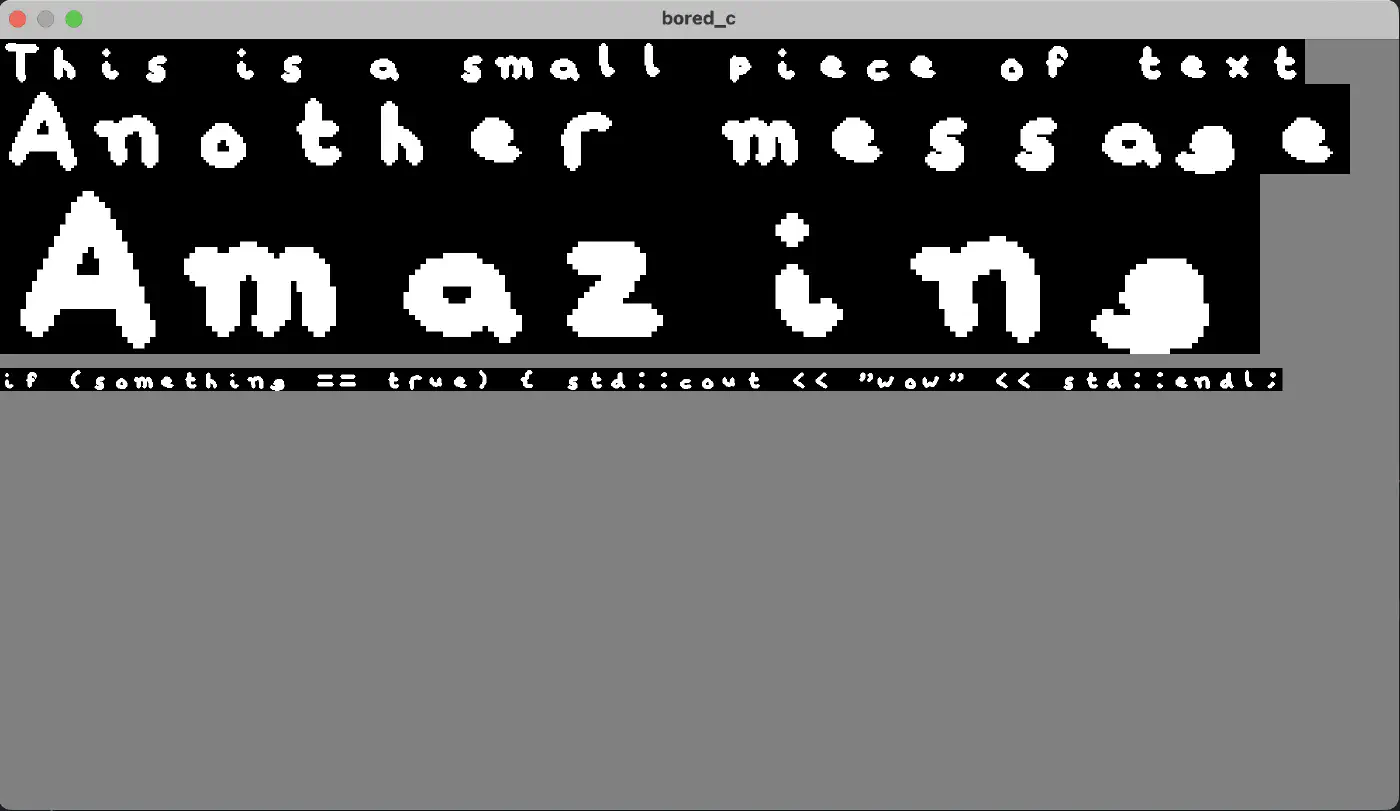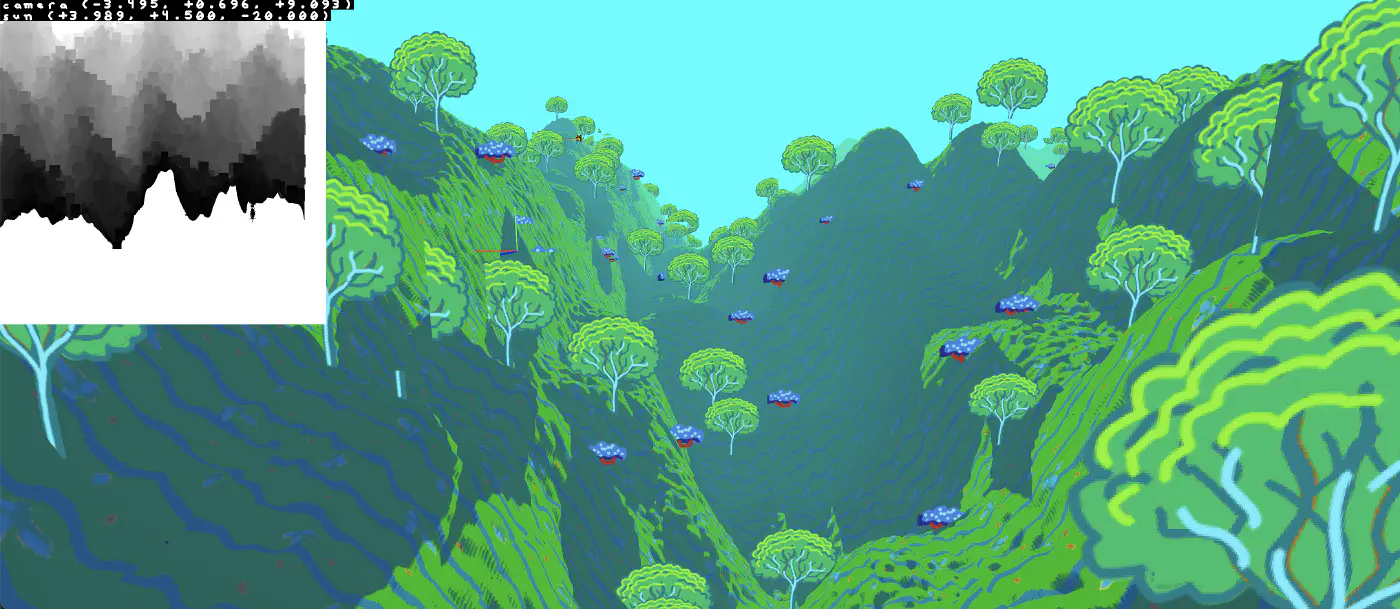metal-experiment: The value of underengineering
18 June 2024

Half a year ago I embarked on the quest to build a cross-platform, general purpose game engine. I was working on asynchronous asset loading, a reflection system, an ECS for representing the scene, serialization, a graphics API wrapper for Metal and Vulkan, but barely got some simple rendering tests on top of these systems.
My next steps were to get cross-platform shader compilation working, and to further improve my reflection and serialization implementation.
One thing that bothered me however, was the sheer slowness of building correct, production ready software. I wanted to experiment more and understand how to write a performant application on top of these abstractions I built. Not spend weeks adding required functionality to my abstraction to perform a simple experiment.
Then it dawned on me: I had been overengineering. The abstractions I had been building did not arise from need, they arose from planning ahead and thinking they were the right thing to build. However, the whole point of leaving existing game engines was to stay closer to metal, and not have annoying abstractions in between me and the hardware. Now I was reintroducing these same exact abstractions I had fought so hard to leave!
So I decided to do a little experiment: write code so simple, it would seem a beginner had written it (note that I still consider myself a beginner). No abstractions until absolutely necessary. In this line of thought, even functions and data structures are considered abstractions. Hardcoding is good.
At first, I had serious withdrawal symptoms, immediately identifying an abstraction after one case of duplicated code, but I managed to suppress the urge. Funnily, the abstraction I thought I had properly identified was actually wrong.
And so I continued, and managed to focus on graphics programming techniques, rather than endlessly engineering a software framework I did not need nor want, with the worst offender being my ECS implementation.
The results speak for themselves. See the source code (https://github.com/arjonagelhout/metal-experiment) and progress pictures:













And some videos:
I lined out the things I could try implementing at the top of my main.mm file:
// shading (PBR, blinn phong etc.)
// normals (calculate derivatives for perlin noise terrain)
// skybox
// lens flare / post-processing
// fog
// foliage / tree shader
// water shader
// frustum culling
// LOD system
// collisions (terrain collider, box collider)
// chunks
// scene file format
// scene / level editor
// 3d text rendering
// erosion
Till next time!